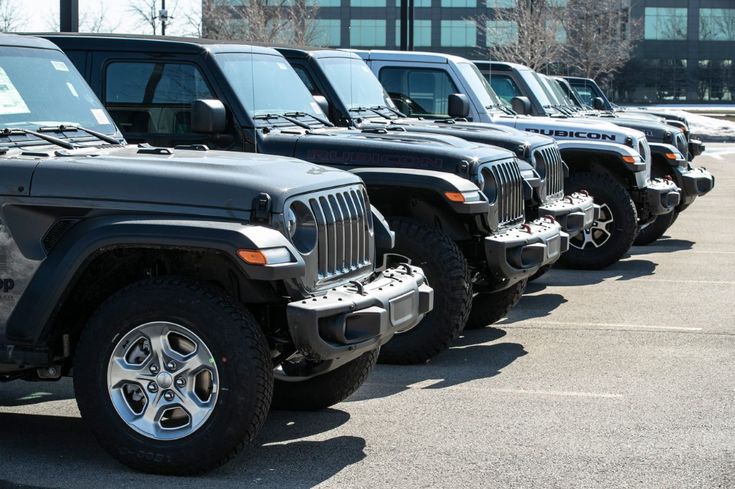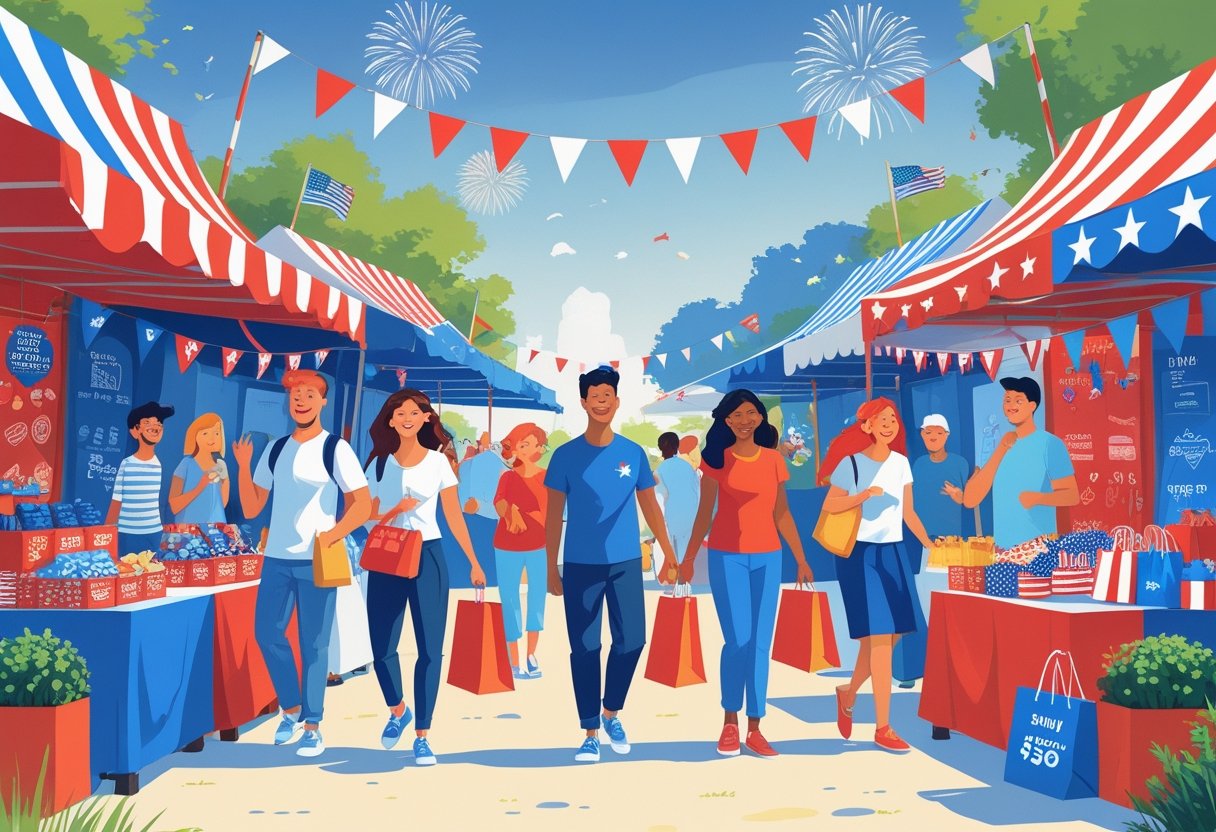Loyalty Programs for Auto Supply Chains
By Halie Johnson | Published on May 17, 2025 | Estimated 6 min read

We've all experienced that frustration—after years of dedicated service, a partner or customer suddenly switches suppliers without warning. For businesses in the auto supply chain, losing loyal customers can mean significant revenue dips, affecting everything from inventory planning to reputation management. So, what can your company do differently to keep customers coming back? The answer may lie in well-crafted loyalty programs.
1. Understanding the Benefits of Loyalty Programs
Loyalty programs aren't just stamps or points—they're powerful customer retention tools designed to make your clients feel valued and cared for. But why exactly should you invest in such programs?
- Customer Retention: Acquiring new customers costs significantly more than maintaining existing ones. By rewarding loyal customers, you're effectively incentivizing long-term partnerships, stability, and predictable revenue streams.
- Enhanced Brand Loyalty: When clients feel recognized for their business, they're less likely to switch. Loyalty programs create a meaningful relationship that goes beyond purely transactional exchanges.
- Valuable Insights: Loyalty programs help you gather rich insights into customer preferences, buying habits, and feedback—essential data to help refine your product offerings and supply strategies.
Imagine if an auto parts distributor could anticipate exactly when a mechanic shop would need new brake pads based on their purchasing patterns. That’s exactly what loyalty data can help you achieve—minimizing downtime, improving supply demand forecasting, and enhancing customer satisfaction.
2. Types of Loyalty Programs
There isn't a one-size-fits-all loyalty solution, especially in the diverse, constantly evolving automotive industry. Let's look at three popular loyalty program models:
Points-Based Loyalty Programs
Points-based programs reward customers with points depending upon their purchasing behavior. For auto supply chains, points might accumulate through bulk orders, repeat purchases, or specific premium product buys.
Real-Life Scenario: A tire supplier offers mechanics points whenever they purchase specialty tires. The points, accumulated over months, can be redeemed for discounts on future orders or free delivery services—keeping mechanics satisfied and encouraging bulk orders.
Tier-Based Loyalty Programs
Tier-based programs provide escalating rewards as customers reach higher spending levels. This structure motivates frequent, higher-value orders.
Example Insight: Nathan, an automotive product wholesaler, shares his strategy: “We introduced a Bronze, Silver, and Gold tier system. Mechanics shifted their entire inventory buying to us—always aiming for higher tiers, driving up revenue significantly.”
Cash-Back Loyalty Programs
Cash-back programs directly reimburse your clients with monetary incentives like credits and account balance savings. It's ideal for industries where clear, straightforward incentives matter.
Mini-Story: An auto parts wholesaler introduced a 5% quarterly cash-back reward. Customers who consistently met purchase thresholds saw cash flowing back into their accounts. The win-win setup incentivized higher purchases and built long-lasting client loyalty.
3. Choosing the Right Loyalty Program for Your Auto Supply Chain
Selecting an ideal loyalty program requires aligning your strategy with business objectives and customer expectations:
- Understand Your Customers: Are your customers price-sensitive, value-driven repair shops, or are they premium dealerships requiring specialized attention? Identify their preferences clearly before choosing a loyalty scheme.
- Set Clear Goals: Define what you aim to achieve—increasing repeat sales, boosting average spend, or capturing market share as you expand.
- Assess Practicality: Ask yourself if your current systems can effectively monitor, track, and manage loyalty rewards. Consider the investment in software, management, and resources.
Maria, owner of a regional parts supplier, puts it simply: “We realized our clients aren't after fancy tiers or complicated points. They just want understandable value—so we chose a simple cash-back model that has directly impacted our profitability.”
4. Implementing a Successful Loyalty Program
Creating a loyalty program isn't enough—it needs to be intuitive, appealing, and well-managed from day one. Here's how to get started:
- Simplify Enrollment: Make signing up effortless—customers should be able to join quickly without lengthy forms or data entry hurdles.
- Transparent Communication: Make sure your customers understand exactly how your rewards system works. Regular, transparent communication builds trust and active participation.
- Consistent Review: Regularly review performance metrics, customer feedback, and buying behaviors. Adjustments keep your loyalty program relevant and effective.
5. Case Studies: Successful Loyalty Programs in the Auto Supply Chain Industry
Looking at industry peers who've successfully leveraged loyalty programs can uncover breakthrough strategies:
AutoZone Rewards
AutoZone, one of America's largest auto parts dealers, created a straightforward points program where regular repair-shop customers earn credits for every purchase. The clarity and ease of redemption helped AutoZone enhance repeat orders by 20% in its first year.
NAPA ProRewards
NAPA Auto Parts developed a tier-based loyalty program tailored specifically for its professional customers. Mechanics earn increasing discounts and special deals depending on the frequency and order volumes. Since its launch, NAPA saw a robust growth in high-volume accounts engagement and customer retention.
Advance Professional’s Speed Perks
Advance Auto Parts’ cashback-driven Speed Perks gave mechanics immediate monetary rewards. Customers loved seeing clear, instant value, driving a measurable rise in consistent, high-ticket orders.
Conclusion: Why Loyalty Programs Matter
To thrive competitively, loyalty programs in the auto supply chain aren’t simply optional—they’re essential. From boosting customer retention to gaining deeper insights about your clientele, the right loyalty strategy can deliver serious long-term growth. As more suppliers embrace these opportunities, staying behind means losing competitive advantage.
Whether you're just starting out or have been in business for decades, it's never too late—or too early—to integrate customer rewards as upfront steps to protect and expand your client relationships.
Frequently Asked Questions (FAQs)
Q: Do loyalty programs require significant investment?
A: Not necessarily. Loyalty programs range from simple software solutions to highly customized systems. Choose a program suited to your current resources and capacity.
Q: How quickly can I see results?
A: Many businesses start seeing improved customer engagement within two to three months. Long-term strategic rewards typically occur after six months to a year.
Q: Should loyalty programs be digital or physical?
A: A digital loyalty program is generally easier to manage and offers real-time tracking, metrics, and feedback. However, combining in-store and digital touchpoints can offer a balanced approach.
Share Your Experiences with Us!
Have you implemented a loyalty program in your auto supply business? We'd love to hear what worked (or didn't work!) for you. Share your stories in the comments below or contact us directly. Ready to explore the right loyalty program for your own business? Dive deeper, start planning, or, better yet—take a meaningful step toward strengthening customer relationships today.
Maybe You're Interested In Shopping At These Stores
About the Author: Halie Johnson
Halie Johnson is a Marketing Manager and the founder of RetailReviewHub, where she combines over a decade of experience in affiliate marketing and deal hunting to help users save money with confidence. With a deep understanding of consumer behavior and pricing strategy, Halie is dedicated to writing clear, unbiased product reviews and sharing the best deals across the web. When she’s not digging through coupon databases or analyzing offer performance, she enjoys testing products first-hand and writing savings guides that actually work. Follow Halie on her journey to smarter shopping!
Related Posts

Top Independence Day Deals 2025 – Save Big with Verified Coupons at RetailReviewHub
Independence Day is a prime time for shoppers to find great discounts...

Score Explosive July 4th Discounts – Curated Offers on RetailReviewHub
Independence Day 2025 brings a great chance to save on many products w...